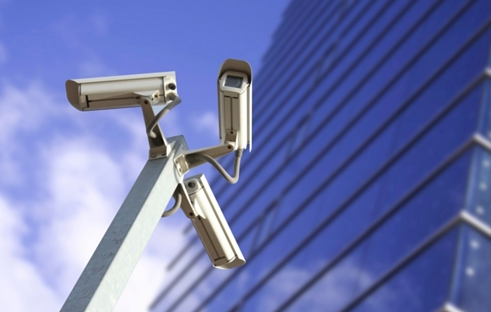
We hear it again and again. Video surveillance cameras can accomplish what humans can’t. There’s simply no way, we are told, in a situation like the Boston Marathon bombing, with all the thousands of people in attendance, to be able to track suspects without video footage of the scene. To try to rely merely on eyewitnesses in that case is just too difficult, if not impossible, a real case of sensory overload.
The problem is that it’s not entirely true. Law enforcement, through video surveillance footage, clearly narrowed down who the suspects were. However, part of the reason they could identify them was because one of the injured, a man who lost both legs to the bomb, clearly identified an individual putting down a bag just before the blast.
With the help of a sketch artist and subsequent video footage, a suspect was clearly identified. Instead of being able to plan another attack, the two brothers were suddenly on the run, and in a matter of couple of days one was dead, another captured.
However, it was the combination of human intelligence and video surveillance technology that made this possible, not exclusively one or the other. After this terrible tragedy, some have asked, “But does this now mean that cameras will now be everywhere? What about privacy?”
It’s hard to believe that in the year 2013 that question is still being asked. The reality is: cameras more and more are everywhere. Try to walk through any major metropolitan area without noticing cameras everywhere[…]
Source: sdmmag.com
